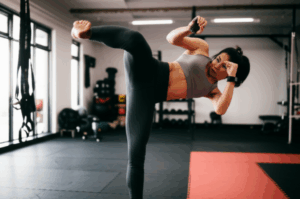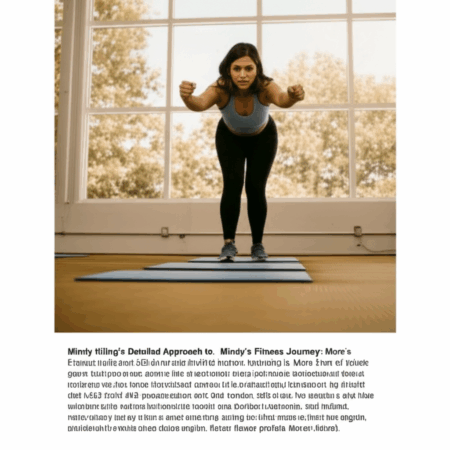The pull-up is widely considered one of the most challenging bodyweight exercises, demanding significant upper body strength, grip, and core engagement. For many, especially women over 50 who may face natural declines in muscle mass and bone density, achieving a first pull-up can seem like an insurmountable feat. However, an increasing number of inspiring women are proving that age is merely a number when it comes to strength and dedication. This guide shares the journeys of three hypothetical, yet representative, women over 50 who defied expectations to celebrate their first unassisted pull-up, drawing on common, effective strategies used by many.
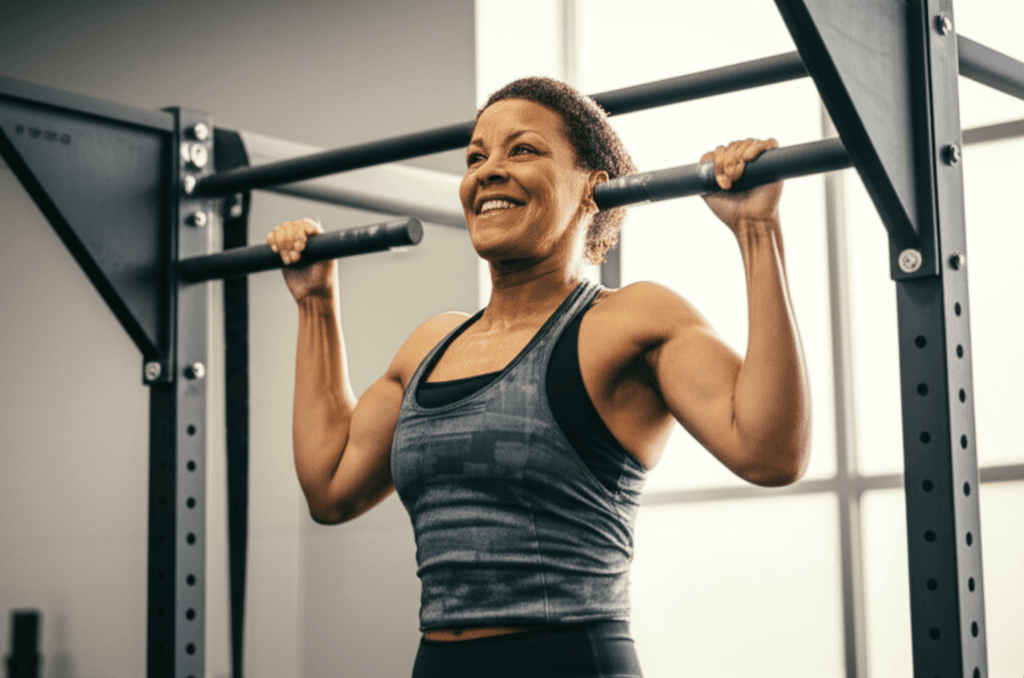
Why the Pull-Up Matters at Any Age, Especially After 50
Beyond the sheer thrill of accomplishment, the pull-up offers profound benefits for individuals in midlife and beyond. It’s a compound exercise that engages multiple muscle groups in the back, shoulders, arms, and chest, leading to significant muscle hypertrophy (growth). For women over 50, strength training, including pull-ups, is crucial for combating age-related muscle loss (sarcopenia) and bone loss (osteopenia/osteoporosis).
Furthermore, mastering pulling exercises improves posture, which often suffers from prolonged sitting, and enhances grip strength—a strong indicator of overall longevity. The functional strength gained translates directly to daily tasks, from opening stubborn doors to lifting groceries. The mental fortitude and confidence built through such a challenging goal are equally invaluable.
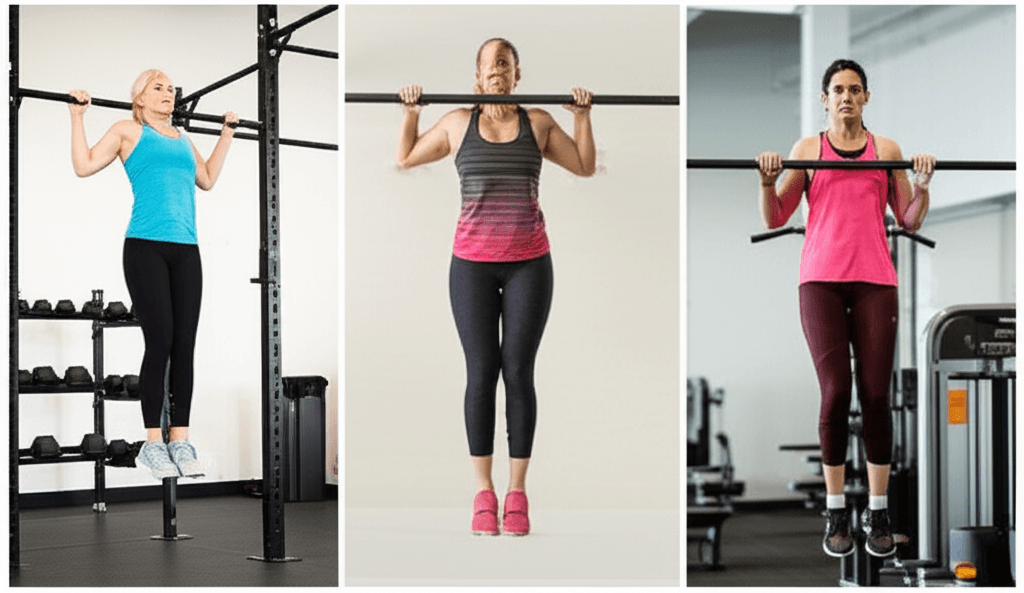
The Journey to Your First Pull-Up: Three Inspiring Approaches
While each individual’s path is unique, common training methodologies and a steadfast commitment underpin these success stories.
The Consistent Builder: Jane, 58
Jane, a 58-year-old retired teacher, had never considered herself particularly strong. After seeing friends embrace fitness in their 50s, she was inspired to set a challenging goal. “I wanted to prove to myself that I could still achieve something physically demanding,” she shares. Jane’s approach was characterized by consistent, incremental progression, focusing heavily on assisted and eccentric movements.
Her routine began with negative pull-ups, where she would use a bench or chair to get her chin above the bar, then slowly lower herself down over a count of 5-10 seconds. This builds eccentric strength, which is vital for the lowering phase of the pull-up and contributes significantly to overall pulling power. Initially, she could only manage a few slow negatives. She performed these 2-3 times a week, gradually increasing the number of repetitions.
Once she could comfortably perform 10-15 slow negatives, Jane incorporated resistance band-assisted pull-ups. Starting with a thicker band that offered more assistance, she focused on pulling her chest towards the bar, ensuring full range of motion. As her strength improved, she progressively moved to thinner bands, reducing the assistance. Her “homework” included daily bar hangs to build grip and shoulder strength, and scapular retractions (shrugs while hanging) to activate the back muscles.
After 18 months of consistent effort, Jane pulled herself up, chin clearing the bar, for her very first unassisted pull-up. “It was pure exhilaration,” she recalls. “Every slow negative and band-assisted rep was worth it.”
The Foundational Strength Enthusiast: Maria, 52
Maria, 52, a busy entrepreneur, initially focused on cardio. However, she noticed a lack of upper body strength in her daily life and felt intimidated by the pull-up bar. Her turning point came when her personal trainer suggested building a strong foundation with compound exercises before specializing in the pull-up itself. “I realized I needed to strengthen my entire upper body, not just try to ‘do’ a pull-up,” Maria explains.
Her training program focused on lat pulldowns, gradually increasing the weight to build specific back strength that mimics the pull-up motion. She also incorporated inverted rows or bodyweight rows, which are excellent for developing basic pulling strength and preparing the hands and shoulders for hanging. Maria’s routine included other full-body strength exercises like dumbbells rows, overhead presses, and planks to develop core stability and overall pushing strength, which complements pulling movements.
She practiced active hangs, where she would hang from the bar and engage her shoulders and back to slightly lift her body without bending her arms, familiarizing herself with the starting position and building grip endurance. Maria trained 3-4 times a week, ensuring adequate recovery. After about a year of dedicated foundational work, she surprised herself one day by jumping on the bar and completing a pull-up. “It wasn’t perfect, but it was my pull-up,” she beams. “Building that overall strength first made all the difference.”
The Mind-Body Connection Master: Sarah, 61
Sarah, a 61-year-old who had always been active but never pursued specific strength goals, found inspiration in an online fitness community. She was determined to prove that significant strength gains were possible even in her seventh decade. Sarah’s success hinged on her meticulous focus on proper form and engaging the correct muscles, often working with a coach to refine her technique.
Sarah learned the importance of the hollow body position, which helps to engage the core and connect the glutes, legs, abs, back, and arms, turning the pull-up into a full-body movement. She practiced this on the floor before translating it to the bar. Her coach emphasized squeezing her shoulder blades together and driving her elbows down and back to properly engage her lats, rather than just pulling with her arms.
Sarah incorporated flexed arm hangs, holding herself at the top of the pull-up position for increasing durations to build isometric strength and endurance in her back and grip. She also utilized light resistance bands for assisted reps, but her primary focus was always on feeling the muscles work correctly rather than just completing the movement. “It’s not just about pulling up; it’s about how you pull up,” Sarah often says. She discovered that consistent core activation was paramount for stability and efficient movement.
After 15 months of deliberate, mindful practice, Sarah executed her first pull-up with impressive control. “It felt powerful because I knew exactly which muscles were doing the work,” she explains. Her journey became a testament to the idea that quality of movement and mind-muscle connection are just as important as brute strength.
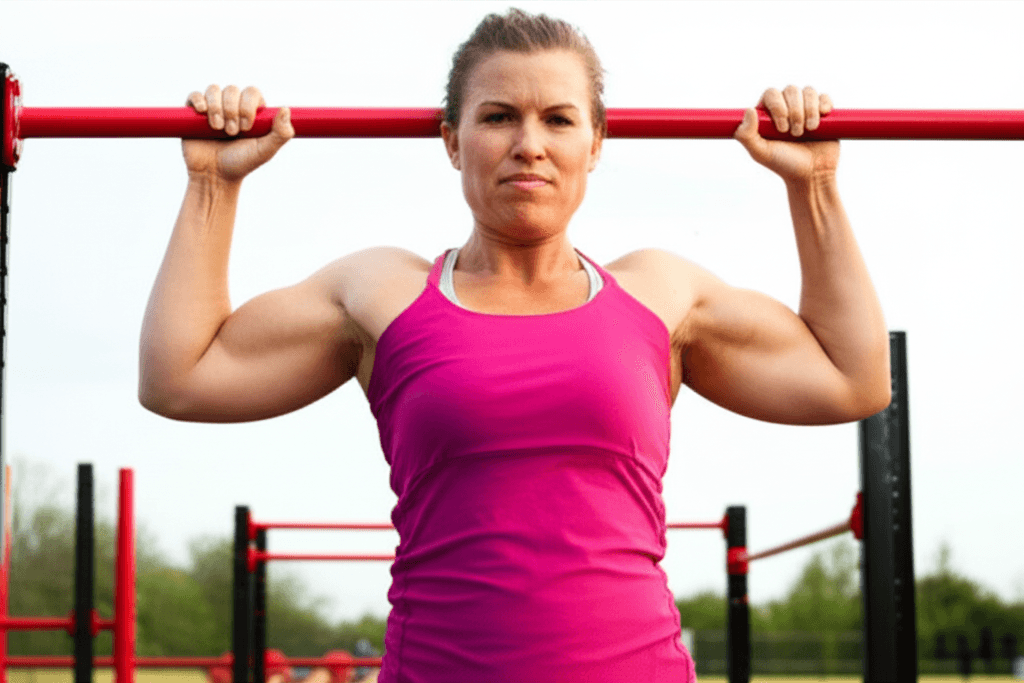
Common Threads and Expert Advice for Women Over 50
The inspiring journeys of Jane, Maria, and Sarah highlight several universal principles for women over 50 striving for their first pull-up:
- Start with Modifications: Don’t attempt a full pull-up before you’re ready. Begin with assisted variations like resistance band pull-ups, negative pull-ups, and jump negatives.
- Prioritize Consistency: Regular, even short, sessions are more effective than sporadic, intense ones. Aim for 2-4 strength training sessions per week.
- Build Foundational Strength: Incorporate exercises that strengthen the entire upper body and core, such as lat pulldowns, rows (dumbbell or inverted), bicep curls, overhead presses, and planks.
- Focus on Grip and Back Activation: Dead hangs, active hangs, and scapular shrugs are crucial for building grip endurance and learning to engage the large muscles of the back (lats).
- Mind Your Form: Proper technique not only prevents injury but also ensures you’re effectively targeting the right muscles. Focus on a slight arch in the back and presenting your chest up towards the bar to engage the lats.
- Progressive Overload is Key: Gradually increase the difficulty of your exercises, whether it’s moving to a thinner resistance band, slowing down negatives, or increasing reps/sets of foundational movements.
- Listen to Your Body and Recover: Age may necessitate more attention to recovery. Incorporate rest days and listen to any aches or pains.
Achieving a first pull-up over 50 is not just about physical strength; it’s a profound declaration of capability and resilience. These women’s stories underscore that with the right strategies, patience, and unwavering commitment, this impressive feat is entirely within reach.


